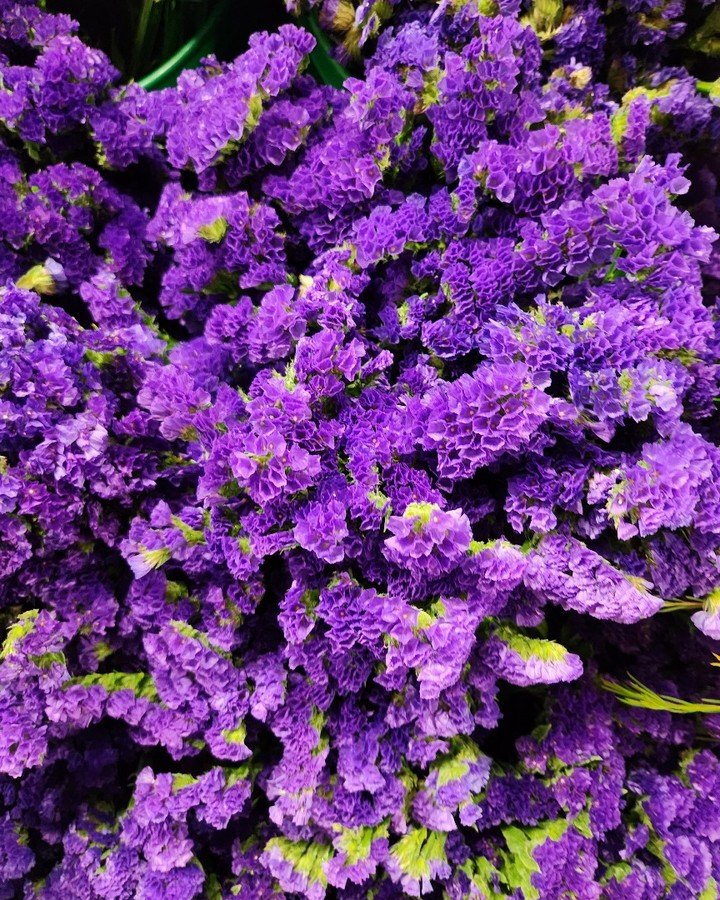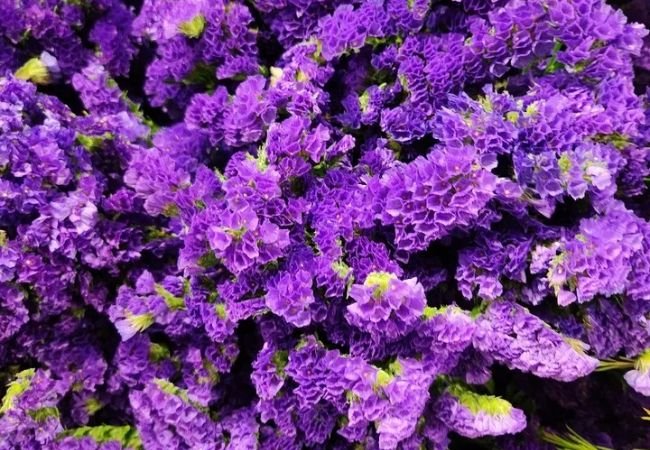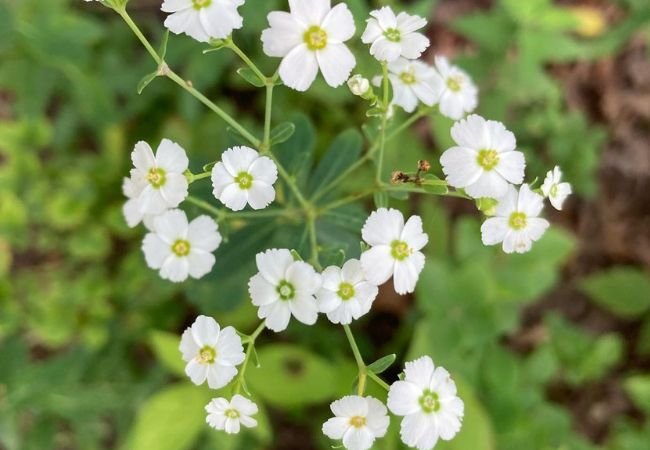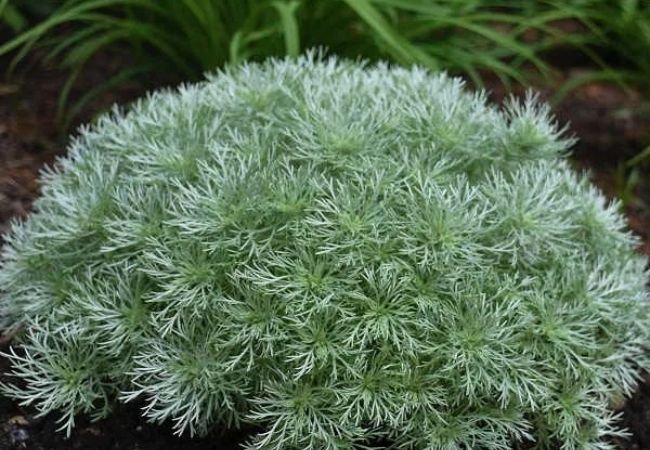Learn how to grow and care for Statice flower, known for their vibrant colors and long-lasting blooms. Discover planting tips, maintenance advice and ways to use these flowers in your garden and floral arrangements.
Statice flower, scientifically known as Limonium sinuatum, are beloved for their vibrant colors and incredibly long-lasting blooms. Also known as sea lavender or marsh rosemary, these versatile flowers are a favorite among gardeners and florists alike for their durability and striking appearance.
Here is a chart with detailed information on Statice Flowers:
| Category | Information |
|---|---|
| Botanical Name | Limonium sinuatum |
| Common Name | Statice, Sea Lavender, Marsh Rosemary |
| Plant Type | Annual or Perennial (Depending on Climate) |
| Hardiness Zone | 3-9 (Grown as Annual in Cooler Climates) |
| Sun Exposure | Full Sun |
| Soil Type | Well-drained, Sandy or Loamy Soil |
| Watering | Low, Drought Tolerant Once Established |
| Growth Habit | Upright, Clumping |
| Height/Spread | 12-30 inches tall / 12-18 inches wide |
| Flowering Time | Summer to Early Fall |
| Flower Description | Papery, Funnel-shaped Flowers in a Variety of Colors, including Purple, Pink, White, Yellow, and Blue |
| Special Features | Long-lasting as Cut or Dried Flowers, Drought Tolerant, Attracts Pollinators, Low Maintenance |
Characteristics of Statice Flowers

Appearance
- Clusters of small, papery flowers
- Available in a wide range of colors including purple, blue, white, yellow, and pink
- Sturdy, branching stems
- Gray-green foliage
Blooming Period
Statice typically blooms from mid-summer to early fall, providing months of colorful display.
Growing Statice Flowers
Ideal Growing Conditions
Sunlight
Statice thrives in full sun, requiring at least 6-8 hours of direct sunlight daily for optimal growth and blooming.
Soil
- Prefers well-draining, sandy soil
- Tolerates poor soil conditions
- Ideal pH range: 6.0 to 6.5
Hardiness
Hardy in USDA zones 8-10, but can be grown as an annual in colder regions.
Planting Statice
When to Plant
- In warm climates: Plant in early spring
- In cooler climates: Start seeds indoors 6-8 weeks before the last frost date
How to Plant
- Choose a sunny location with well-draining soil.
- Sow seeds directly in the garden or transplant seedlings after the last frost.
- Space plants 12-18 inches apart.
- Water thoroughly after planting.
Caring for Statice Flowers
Watering
- Water regularly during the first growing season to establish a deep root system.
- Once established, Statice is drought-tolerant and requires minimal watering.
Fertilizing
- Apply a balanced, slow-release fertilizer in early spring.
- Avoid over-fertilizing, as this can lead to weak stems and reduced blooming.
Pruning and Deadheading
- Deadhead spent flowers to encourage continuous blooming.
- Cut back plants after flowering to maintain a tidy appearance.
Winter Care
In colder regions where Statice is grown as an annual, remove plants after the first frost. In warmer areas, cut back foliage in late fall and add a layer of mulch for protection.
Common Pests and Diseases
Statice is generally resistant to pests and diseases, but keep an eye out for:
- Aphids
- Spider mites
- Root rot (in poorly draining soil)
If you notice any issues, treat promptly with appropriate organic or chemical controls.
Using Statice in Your Garden and Beyond
Landscape Applications
- Cutting gardens
- Rock gardens
- Coastal gardens
- Borders and edging
- Container plantings
Floral Arrangements
Statice is prized in floral design for its long-lasting nature. It’s perfect for:
- Fresh bouquets
- Dried flower arrangements
- Wreaths and garlands
Companion Plants
Statice pairs well with:
- Lavender (Lavandula angustifolia)
- Russian Sage (Perovskia atriplicifolia)
- Yarrow (Achillea millefolium)
- Ornamental grasses
Propagating Statice
You can propagate Statice through:
- Seeds: Collect seeds from dried flower heads and sow in spring
- Division: Divide mature plants in spring every 3-4 years
Harvesting and Drying Statice
- Cut stems when flowers are fully open.
- Remove leaves from the lower part of the stem.
- Hang stems upside down in a dark, dry, well-ventilated area.
- Allow to dry for 2-3 weeks.
Benefits of Statice Flowers
- Attracts pollinators like butterflies and bees
- Deer-resistant
- Drought-tolerant once established
- Excellent for cut and dried flower arrangements
- Low-maintenance
Statice flowers are a fantastic addition to any garden, offering vibrant, long-lasting blooms with minimal fuss. Their versatility in both the garden and floral arrangements makes them a favorite among gardeners and florists alike. By following these care tips, you’ll be rewarded with a beautiful display of colorful, papery blooms that will bring joy to your garden and home throughout the season and beyond.
Whether you’re looking to add color to your garden, create stunning dried arrangements, or simply enjoy a low-maintenance flower, Statice is an excellent choice. Happy gardening and flower arranging!
For more gardening tips and plant care guides, visit usagardenhub.com.







One comment on “Statice Flower : Growing and Caring for This Long-Lasting Bloom”